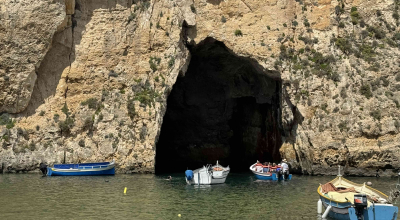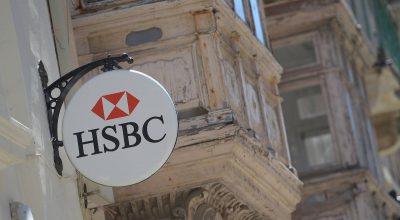Bird Dilemma: Micro-chipped or ringed?
The owner of Malta’s first bird park located near Kennedy Grove in Burmarrad is facing a bureaucratic hurdle, as some of the birds in the park lack a “closed foot ring” as stipulated by law.

A spokesperson for The Malta Environment and Planning Authority confirmed the Authority is currently assessing a technical report submitted by Kevin Mallia, on the use of micro chipping instead of bird ringing.
Mallia claims it is highly difficult to ring colonial birds like egrets, who build their nests near each other.
“Trying to ring fence these birds often results in the death of these birds who end up jumping from their nests,” claims Mallia.
But according to Mallia, other birds which do not pose these problems are being ringed.
Mallia also claimed that the Animal Welfare Department has backed his case to microchip instead of ring the birds.
He also complained that all current laws deal with wild birds, with there being no legal provisions to cover birds bred in captivity, such as the ones in the Bird Park.
“I was the first to come up with such an idea, and I am a test case. I hope that I have paved the way for others”.
Mallia insists that micro-chipping will be as effective as ringing in ensuring that the birds can be identified if these escape in the wild, or are killed. He also claims that this system is used in bird parks in other countries.
Mallia is not new to controversies with the Malta Environment and Planning Authority.
In 2008, MEPA had refused to sanction the Bird Park, parts of which were developed without a permit. But the development was approved a year at reconsideration stage.
Aerial photos also showed that up until 1998, the site was entirely agricultural.
Since the site was developed illegally the Environment Protection Department argued that the developers “should not be rewarded through retroactive sanctioning”. The EPD described the application as a reflection of the “symptomatic worrying trend” whereby MEPA is asked to sanction a fait accompli.
But MEPA’s Natural Heritage Panel did not share this opinion.
Following an inspection of the site, the panel acknowledged the educational and scientific value of the development noting that it could “provide training for ornithologists and serve as a refuge for the treatment and rehabilitation of injured wild birds”.
Studies have also shown that little egrets were seen breeding for the first time in Malta in the wetland within the bird park.
In October 2008, the MEPA board decreed that the development of Bird Park and a small scale-catering establishment were acceptable in the Natura 2000 site.
A MEPA spokesperson confirmed that the Authority is presently assessing whether some changes to the original plans can be classified as minor amendments or require a full permit.
During a visit to the park in March, Rural Affairs Minister George Pullicino announced that half of the park’s €380,000 expense will be paid from European and national funds.
Pullicino said the park is part of a €33 million European-funded investment in projects related to agro-tourism, conservation and improvement of the Maltese countryside’s rural heritage.






.jpg)







.jpeg)





.png)

